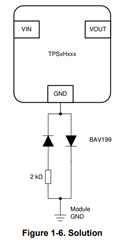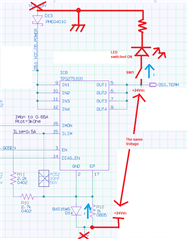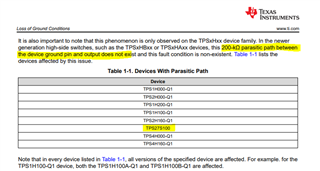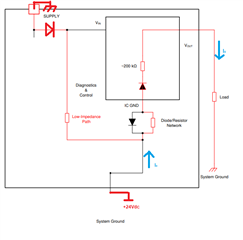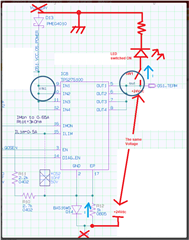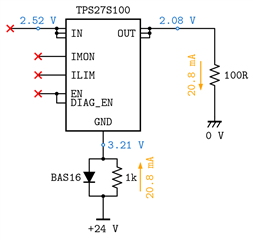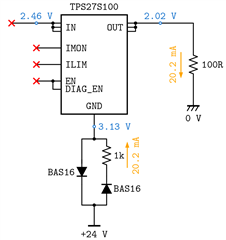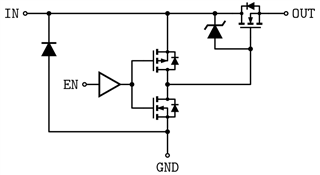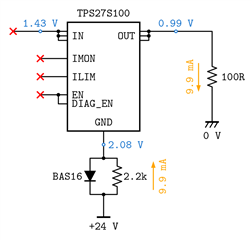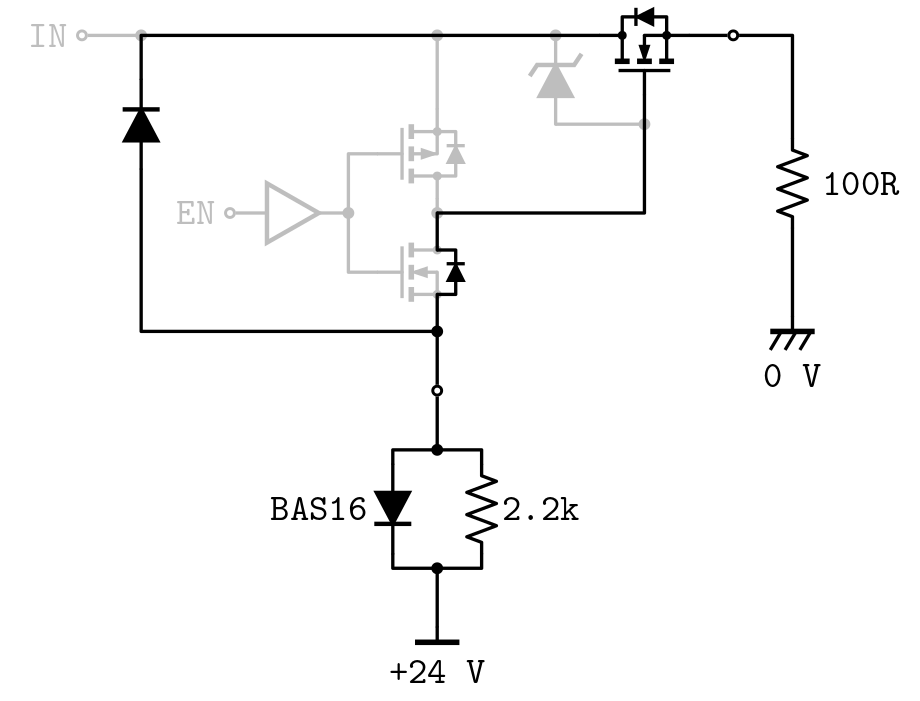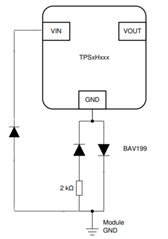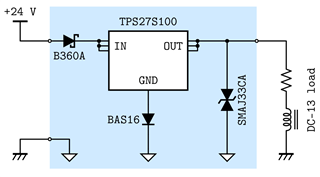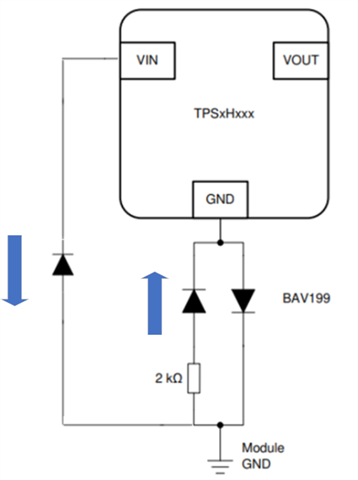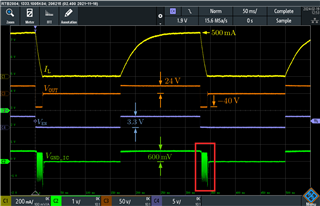Hello,
I have a problem with TPS27S100 partnumber.
I report the test in this schematics:
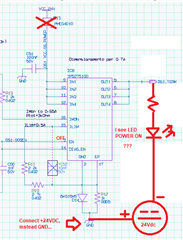
When I connect only +24Vdc to GND Network, the output go HIGH and i see led power on.
This always happens even if I don't activate the EN pin (pin 3).
If i remove R12 the output is LOW, but in this case i loose the reverse current protection in case of inductive load.
Can you help me?
Many thanks.
Best regard.


